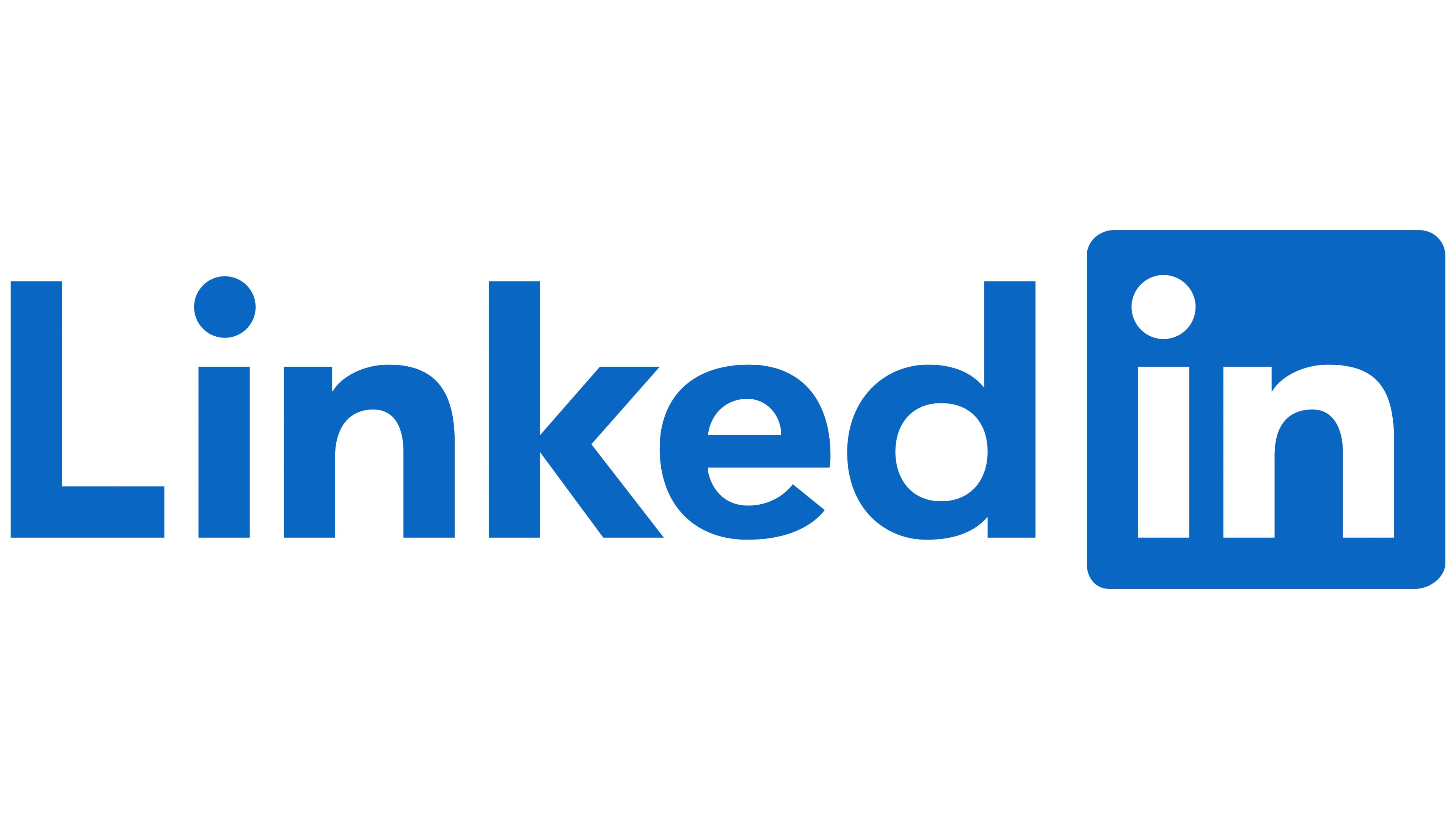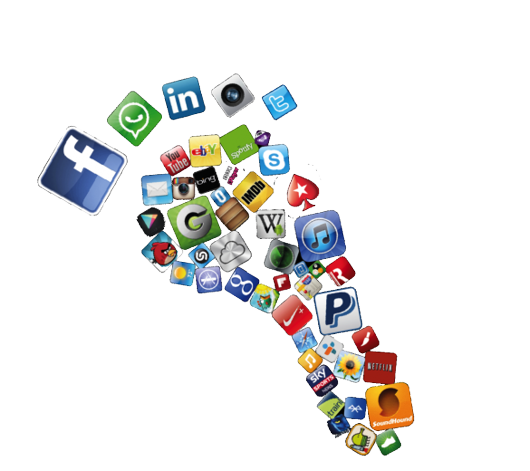Blog #3: Chapter 5 - Caleb Demmerle
Chapter 5 of The Connected Educator, called "Using Tools to Support Connected Learning," talks about how digital tools can make learning become more interactive and connected. It introduces using different kinds of Web 2.0 tools such as blogs, wikis, podcasts, and social bookmarking to extend your social network. These Web 2.0 tools can also be used in college or school settings, and they let educators and students share information, have discussions, and keep learning going even outside the classroom. The chapter’s main point is that these tools help create a supportive learning environment where people can collaborate and feel part of a community.
The chapter breaks down these Web 2.0 tools into four main groups: tools for documenting learning, collaborating, social networking, and expanding classroom engagement. For documenting, tools like blogs and video journals let teachers and students track progress and reflect on big moments. Collaboration tools, like wikis and shared docs, help everyone work together in real time, turning learning into a more active, team-based experience. Social networking tools like Twitter and Linkedin are also a big deal for reaching beyond the usual classroom limits and build personal learning networks to share ideas, find new inspiration, share coursework, and connect with educators from all over the world.
Web 2.0 tools can also be used in music education as well, which is my career choice. It is just as important to network and build personal learning networks in all areas of music education as it is in regular education. Tools for documenting learning can be used to track a student’s progress, as well as log practice time and help students remember exercises. Tools for collaboration, like the music app Tonara, allow teachers to create collaborative docs to share info with students and also create smart assignments. Social networking is super important in giving music lessons, because social networking is solely responsible for the generation of clientele. Using social media like instagram and facebook to advertise music lessons is essential for turning music lessons from a part time into a full time job.
Lastly, one of the key ideas in the chapter is about managing your online reputation. With so many platforms out there, it’s important for educators and music teachers to keep an eye on their digital footprint and make sure it lines up with their values and professionalism. A well-managed online presence can build trust and credibility within a community, because reputation and experience is very important when picking a music teacher.


Comments
Post a Comment